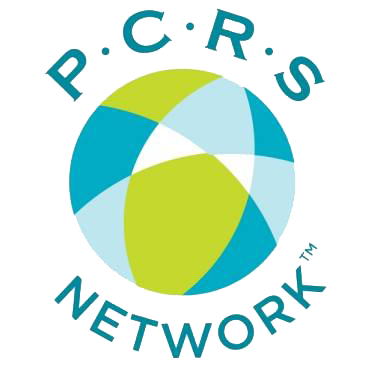Patient recruitment for clinical studies is a persistent challenge faced by the industry, prompting many to explore technological solutions. While technology holds promise, there are alternative methods to enhance recruitment without solely relying on new technology. This article highlights a proven approach that any site can adopt to boost enrollment in studies and engage a more diverse population. The strategy involves collaborating with community pharmacies to educate patients about clinical trials targeting their specific ailments. Similar to sponsoring a patient waiting room in community clinics, pharmacies can demonstrate a commitment to patient comfort and bring “clinical trials as a care option” to the attention of patients.
Sponsorship of Pharmacy Waiting Rooms: Pharmacies are often the most frequented facilities used by patients. Pharmacists and pharmacy staff become aware of patient health conditions simply by filling prescriptions. In many cases, it is the pharmacists who monitor potential negative impacts on patients of taking drugs prescribed by Primary Care Physicians, Specialists, and even emergency care providers. This puts pharmacy staff in a unique position to know patients’ co-comorbidities, educate them about potential side effects and drug interactions, and alert them to opportunities to participate in clinical trials.
This presents an opportunity for research sites to offer support to the pharmacies while gaining exposure to their patient population. By collaborating with pharmacies, particularly smaller community pharmacies, research sites can enhance patient comfort, raise awareness about their studies, and potentially recruit participants for studies.
Implementation and Success Story: An example illustrates the effectiveness of this approach. A research site seeking to enhance recruitment into multiple studies asked us for assistance in gaining access to a local pharmacy’s patients. We devised a plan to approach multiple community pharmacies to create a relationship and educate them about the studies conducted by the site. The site manager initiated contact with several pharmacies, explaining the site’s research role, listing the studies currently being conducted, and exploring how they might benefit each other and the pharmacy patients.
Two of the local pharmacies saw a benefit to their patients and agreed to allow site personnel to place clinical trial literature inside the waiting area of their pharmacy. Additionally, they agreed to have the site staff periodically provide “lunch and learn” sessions for the pharmacists and pharmacy staff to keep them abreast of current studies. For the cost of providing food and beverages, the site personnel had a captive audience with the entire pharmacy staff. Additionally, the site manager noticed that neither pharmacy had adequate seating for patients waiting for prescriptions to be filled or consultation with the pharmacist and proposed providing additional seating for patient comfort. Seeing nothing but benefit to the patients, each agreed. Seating was ordered and delivered the next week, at which time the first lunch and learn session was conducted.
Almost immediately, the site began receiving calls from patients from the pharmacies. Over time, the site steadily received inquiries from patients into nearly every study they conducted. Upon reviewing the outreach later that year, the site determined that over five percent of enrollments since the pharmacy outreach started had come from patients who had seen study materials at one of the pharmacies. Overall, the cost per enrolled patient amounted to less than $30 per patient. The program was deemed a huge success.
Collaborating with local pharmacies provides a cost-effective means of outreach to increase patient enrollment in clinical studies while demonstrating a commitment to the local community’s well-being. By investing a modest amount and dedicating some staff effort, research sites can foster relationships, raise awareness about their studies, and effectively recruit patients from local pharmacies. This approach showcases the power of creative strategies in addressing recruitment challenges, complementing the potential of technology in clinical research.


